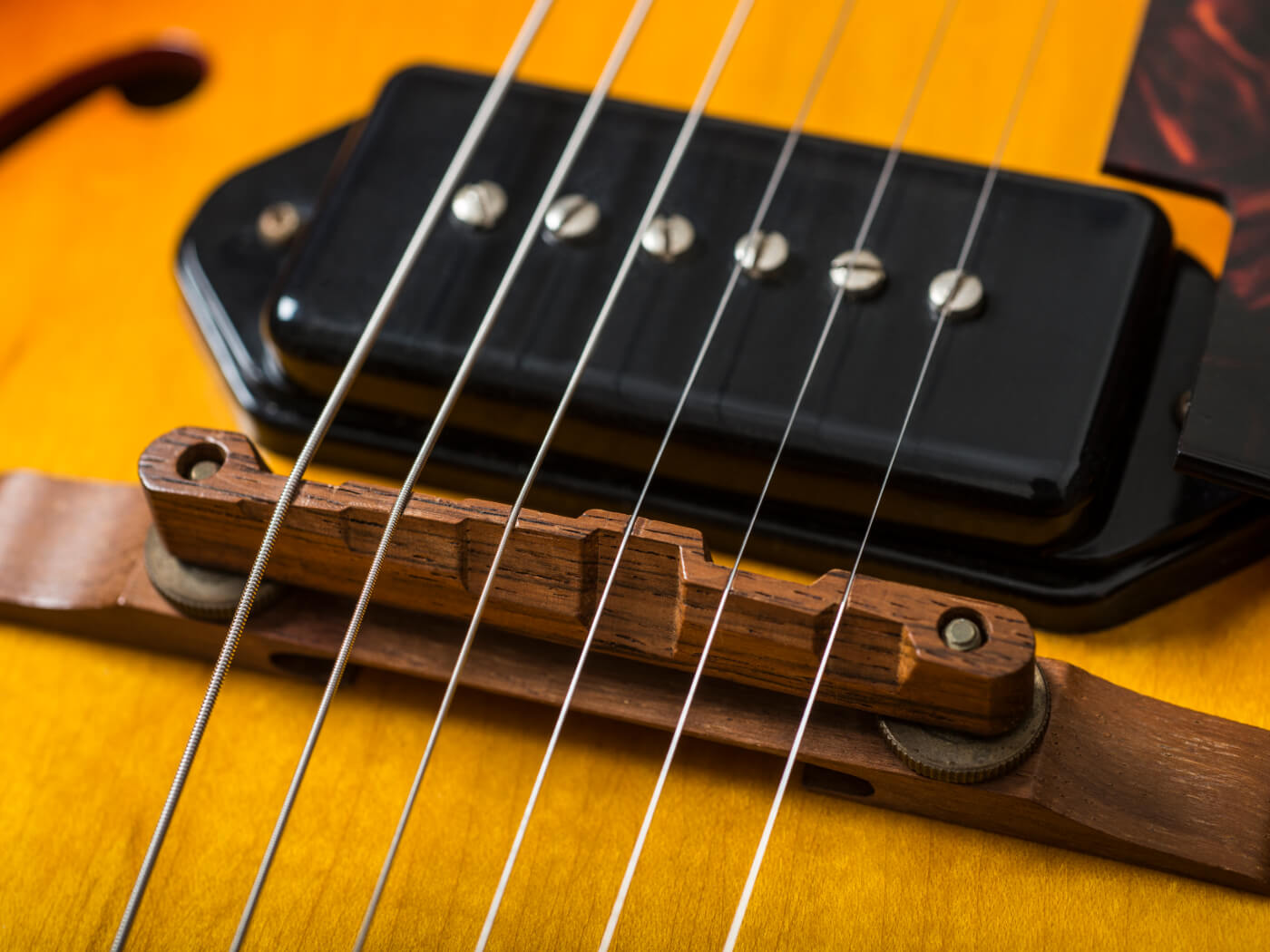

still cheaper than a new Custom-Shop guitar. The TDC with 2-PU´s and sincle-cutaway is the most desirable version of the ES-125 line, this is a great playing guitar and a perfect future investment. The two original Gibson P-90 "Dog-Ear" pickups are well balanced and read 8,20 K-Om in the neck- and 8,90 K-Ohm in the bridge.position. The nicely shaped med-sized mahagony-neck and the light weight of only 2,49(!) Kg make it very comfortable to play. Except some very minor playwear, this guitar is in excellent+ condition, the original frets are still in perfect shape, the beautiful sunburst finish is still bright and not faded as they often do.

Super clean and all original 1967 Gibson ES-125 TD in Sunburst with its original Gibson soft-case. Having said this, there are a lot worse guitars out there, and as well as being historically important, the 1820 bass can certainly provide the goods when required.1967 Gibson ES 125 TDC - Sunburst incl. Over the course of the 70s, the Japanese output improved dramatically, and in many ways these early 70s models are a low point for the brand. These new Epiphones were based on existing Matsumoku guitars, sharing body shapes, and hardware, but the Epiphone line was somewhat upgraded, with inlaid logos and a 2x2 peghead configuration. The Matsumoku factory had been producing guitars for export for some time, but the 1820 bass (alongside a number of guitar models and the 5120 electric acoustic bass) were the first Epiphone models to be made there. The pickup was a single coil P90, with black bakelite 'dog ear' cover.īy the end of the 1960s, a decision had been made to move Epiphone guitar production from the USA (at the Kalamazoo plant where Gibson guitars were made), to Matsumoto in Japan, creating a line of guitars and basses significantly less expensive than the USA-built models (actually less than half the price).

Likewise it had a free-floating rosewood bridge, though with a simpler trapeze style tailpiece.

The body profile resembled that of the ES-175: 16 1/4" x 20 1/4" with the sharp Florentine cutaway. The ES-125TC and TDC guitars were both 1 3/4" thin, and completely hollow there was no maple center block, as was the case with some other thinlines of the time, such as the ES-335TD. All instruments were built at Gibsons Kalamazoo plant, in Michigan, USA. Finally, in 1965, a cutaway was added to the full body ES-125, the ES-125C. C stands for cutaway, not Cherry which it denotes on some other Gibson instruments. Then in 1960, two single cutaway versions, with either one (the ES-125TC, as is the subject of this page) or two pickups (the ES-125TDC). Gibson first produced the ES-125 in the 1940s, but in the 1950s and 1960s it morphed into numerous variants: firstly a thinline non-cutaway version, the ES-125T in 1956 (T stands for thinline), followed by the double pickup version ES-125TD the next year (D for double pickup).


 0 kommentar(er)
0 kommentar(er)
